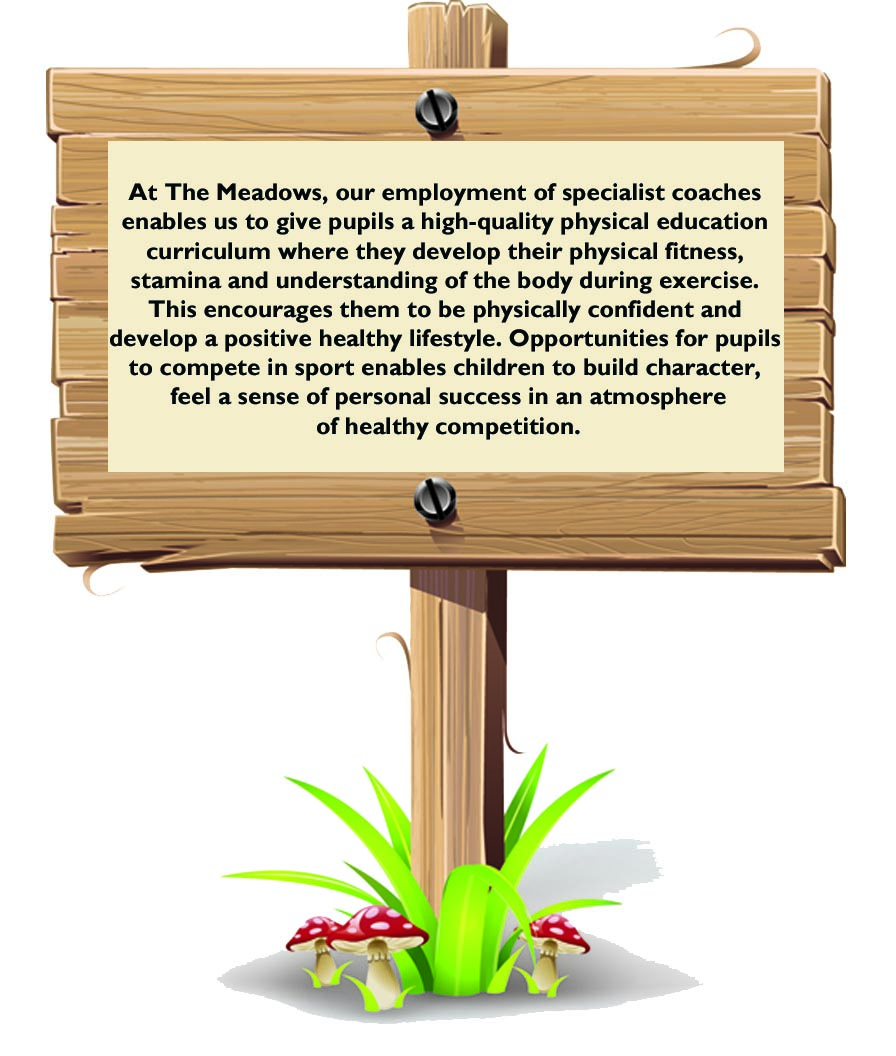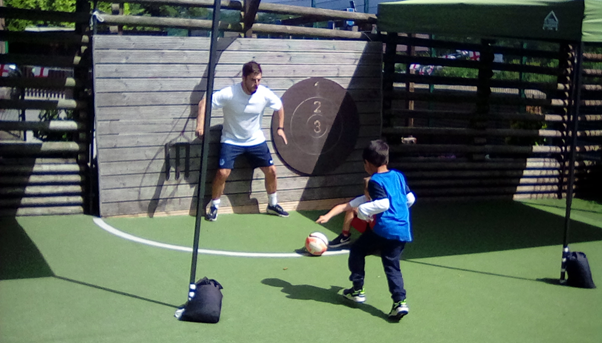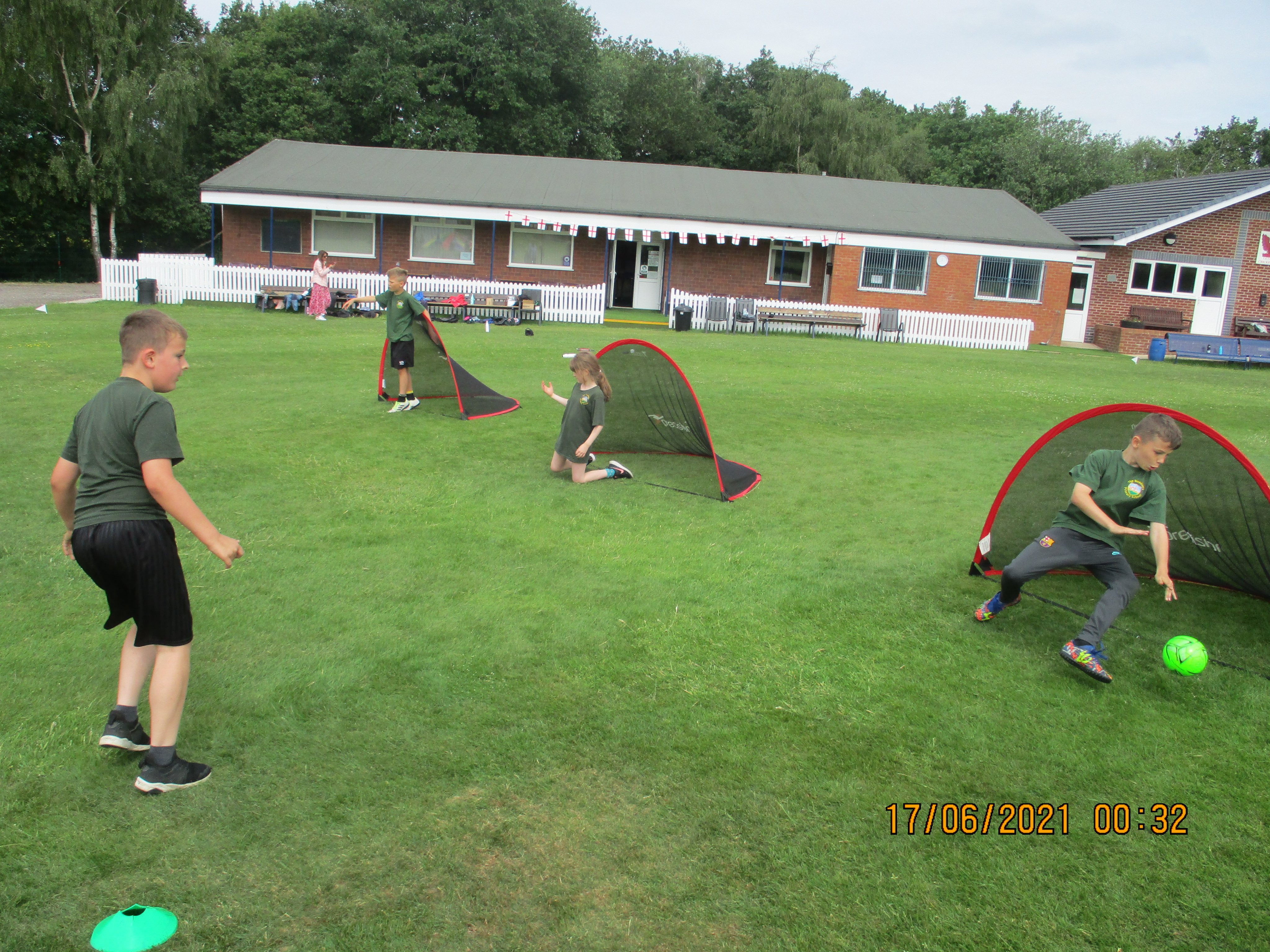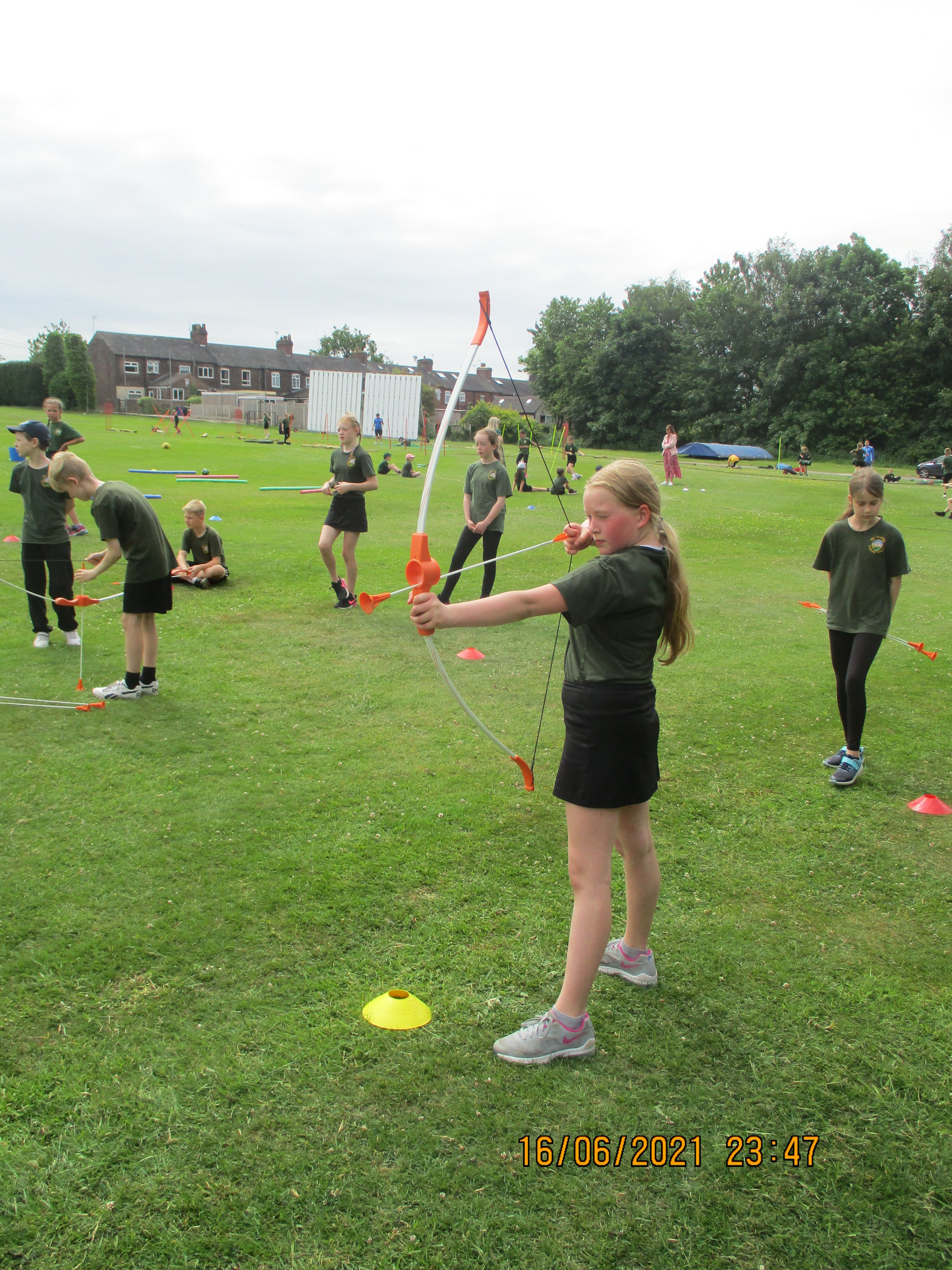Curriculum Intent: Physical Education

Our Curriculum Drivers

Characteristics of an Athlete
- The ability to acquire new knowledge and skills exceptionally well and develop an in-depth understanding of PE.
- The willingness to practise skills in a wide range of different activities and situations, alone, in small groups and in teams and to apply these skills in chosen activities to achieve exceptionally high levels of performance.
- High levels of physical fitness.
- A healthy lifestyle, achieved by eating sensibly, avoiding smoking, drugs and alcohol and exercising regularly.
- The ability to remain physically active for sustained periods of time and an understanding of the importance of this in promoting long-term health and well-being.
- The ability to take the initiative and become excellent young leaders, organising and officiating, and evaluating what needs to be done to improve, and motivating and instilling excellent sporting attitudes in others.
- Exceptional levels of originality, imagination and creativity in their techniques, tactics and choreography, knowledge of how to improve their own and others’ performance and the ability to work independently for extended periods of time without the need of guidance or support.
- A keen interest in PE. A willingness to participate eagerly in every lesson, highly positive attitudes and the ability to make informed choices about engaging fully in extra-curricular sport.
- The ability to swim at least 25 metres before the end of Year 6 and knowledge of how to remain safe in and around water.
Implementation
Our pupils should be able to organise their knowledge, skills and understanding around the following learning hooks:
- To develop practical skills in order to participate, compete and lead a healthy lifestyle
These key concepts or as we like to explain them to children – learning hooks, underpin learning in each milestone. This enables pupils to reinforce and build upon prior learning, make connections and develop subject specific language.
The vertical accumulation of knowledge and skills from Years 1 to 6 is mapped as follows:
|
Threshold Concept Key Skills |
|
Milestone 1 Years 1 and 2 |
Milestone 2 Years 3 and 4 |
Milestone 3 Years 5 and 6 |
|
Develop practical skills in order to participate, compete and lead a healthy lifestyle |
Games |
• Use the terms ‘opponent’ and ‘team-mate’. • Use rolling, hitting, running, jumping, catching and kicking skills in combination. • Develop tactics. • Lead others when appropriate. |
• Throw and catch with control and accuracy. • Strike a ball and field with control. • Choose appropriate tactics to cause problems for the opposition. • Follow the rules of the game and play fairly. • Maintain possession of a ball (with, e.g. feet, a hockey stick or hands). • Pass to team mates at appropriate times. • Lead others and act as a respectful team member. |
• Choose and combine techniques in game situations (running, throwing, catching, passing, jumping and kicking, etc.). • Work alone, or with team mates in order to gain points or possession. • Strike a bowled or volleyed ball with accuracy. • Use forehand and backhand when playing racket games. • Field, defend and attack tactically by anticipating the direction of play. • Choose the most appropriate tactics for a game. • Uphold the spirit of fair play and respect in all competitive situations. • Lead others when called upon and act as a good role model within a team. |
|
Dance |
• Copy and remember moves and positions. • Move with careful control and coordination. • Link two or more actions to perform a sequence. • Choose movements to communicate a mood, feeling or idea. |
• Plan, perform and repeat sequences. • Move in a clear, fluent and expressive manner. • Refine movements into sequences. • Create dances and movements that convey a definite idea. • Change speed and levels within a performance. • Develop physical strength and suppleness by practising moves and stretching. |
• Compose creative and imaginative dance sequences. • Perform expressively and hold a precise and strong body posture. • Perform and create complex sequences. • Express an idea in original and imaginative ways. • Plan to perform with high energy, slow grace or other themes and maintain this throughout a piece. • Perform complex moves that combine strength and stamina gained through gymnastics activities (such as cartwheels or handstands). |
|
|
Gymnastics |
• Copy and remember actions. • Move with some control and awareness of space. • Link two or more actions to make a sequence. • Show contrasts (such as small/tall, straight/curved and wide/narrow). • Travel by rolling forwards, backwards and sideways. • Hold a position whilst balancing on different points of the body. • Climb safely on equipment. • Stretch and curl to develop flexibility. • Jump in a variety of ways and land with increasing control and balance. |
• Plan, perform and repeat sequences. • Move in a clear, fluent and expressive manner. • Refine movements into sequences. • Show changes of direction, speed and level during a performance. • Travel in a variety of ways, including flight, by transferring weight to generate power in movements. • Show a kinesthetic sense in order to improve the placement and alignment of body parts (e.g. in balances experiment to find out how to get the centre of gravity successfully over base and organise body parts to create an interesting body shape). • Swing and hang from equipment safely (using hands). |
• Create complex and well-executed sequences that include a full range of movements including: • travelling • balances • swinging • springing • flight • vaults • inversions • rotations • bending, stretching and twisting • gestures • linking skills. •Hold shapes that are strong, fluent and expressive. • Include in a sequence set pieces, choosing the most appropriate linking elements. • Vary speed, direction, level and body rotation during floor performances. • Practise and refine the gymnastic techniques used in performances (listed above). • Demonstrate good kinesthetic awareness (placement and alignment of body parts is usually good in well-rehearsed actions). • Use equipment to vault and to swing (remaining upright). |
|
|
Swimming |
• Swim unaided up to 25 metres. • Use one basic stroke, breathing correctly. • Control leg movements. |
• Swim between 25 and 50 metres unaided. • Use more than one stroke and coordinate breathing as appropriate for the stroke being used. • Coordinate leg and arm movements. • Swim at the surface and below the water. |
• Swim over 100 metres unaided. • Use breast stroke, front crawl and back stroke, ensuring that breathing is correct so as not to interrupt the pattern of swimming. • Swim fluently with controlled strokes. • Turn efficiently at the end of a length. |
|
|
Athletics |
• Athletic activities are combined with games in Years 1 and 2. |
• Sprint over a short distance up to 60 metres. • Run over a longer distance, conserving energy in order to sustain performance. • Use a range of throwing techniques (such as under arm, over arm). • Throw with accuracy to hit a target or cover a distance. • Jump in a number of ways, using a run up where appropriate. • Compete with others and aim to improve personal best performances. |
• Combine sprinting with low hurdles over 60 metres. • Choose the best place for running over a variety of distances. • Throw accurately and refine performance by analysing technique and body shape. • Show control in take off and landings when jumping. • Compete with others and keep track of personal best performances, setting targets for improvement. |
|
|
Outdoor and adventurous activities |
• Not applicable. |
• Arrive properly equipped for outdoor and adventurous activity. • Understand the need to show accomplishment in managing risks. • Show an ability to both lead and form part of a team. • Support others and seek support if required when the situation dictates. • Show resilience when plans do not work and initiative to try new ways of working. • Use maps, compasses and digital devices to orientate themselves. • Remain aware of changing conditions and change plans if necessary. |
• Select appropriate equipment for outdoor and adventurous activity. • Identify possible risks and ways to manage them, asking for and listening carefully to expert advice. • Embrace both leadership and team roles and gain the commitment and respect of a team. • Empathise with others and offer support without being asked. Seek support from the team and the experts if in any doubt. • Remain positive even in the most challenging circumstances, rallying others if need be. • Use a range of devices in order to orientate themselves. • Quickly assess changing conditions and adapt plans to ensure safety comes first. |
Aspirations for the Future
Pupils develop an understanding of how subjects and specific skills are linked to future jobs. Here are some of the jobs you could aspire to do in the future as an Athlete. :
-
Physiotherapist
- Coach
- Rock climbing instructor
- Kit manager
For more careers, please visit First Careers.
Impact
Assessment
Through the explicit teaching of the PE skills, both the teachers and the pupils assess their learning continuously throughout the lesson. Our assessment systems enable teachers to make informed judgements about the depth of their learning and the progress they have made over time.
Pupil Voice
"I like PE because I learn new skills. It is fun," - Emily
"PE is fun because you get to learn new things about the body and how to warm up. Also we have fun learning about different sporting activities. Each term we learn new skills. This term we have been looking at invasion sports," - Maisie
"I like PE because we play lots of games to warm up before we learn new skills," - Lily
Snapshots
Here is what PE looks like at The Meadows:
Disclaimer: This has been developed with reflection upon the National Curriculum (2014) and Chris Quigley’s Essential Curriculum.



